Studying the source for ocean pollution
Published on May 12th, 2021
When the subject of plastic pollution comes up in the United States, Europe, or other Western countries, many people’s first instinct is to dodge responsibility and pass the blame onto other nations.
“The problem isn’t us. We recycle and we keep our beaches clean,” you might hear someone say. “They are the ones polluting rivers and oceans with plastic trash.”
They, in these conversations, are typically China, India, and smaller developing countries in Asia.
In 2019, then-U.S. President Donald Trump echoed these sentiments when asked about the ubiquity of plastic waste. “Other countries are not taking care of their plastic use and they haven’t for a long time,” he said. “And the plastic that we’re getting is floating across the ocean from other places, including China.”
While China certainly contributes to plastic pollution, recent research shows that Western countries are just as culpable – and perhaps even more so, since much of that plastic is Western waste in the first place.
A study led by oceanographer Dr. Kara Lavender Law found that the U.S. generated the largest amount of plastic trash in the world, disposing of nearly 92.6 billion pounds of plastic in a single year. Using the most recent available data from 2016, researchers determined that the U.S. produces six to eight times more plastic waste per person than its counterparts in China and India, respectively.
Europe’s role can’t be ignored, either. Even though Europe has a significantly smaller population than India or China, the European Union generated more plastic waste than either of these Asian nations.
Instead of tackling their own mountains of plastic waste, Western countries have largely outsourced the problem to the Global South. For decades, wealthier countries shipped their unwanted plastic trash to countries like Vietnam and Malaysia, which did not have the infrastructure nor the resources to properly dispose of them.
Too often, these countries were set up to fail because the plastics they received were never recyclable to begin with. (And as other researchers have highlighted, plastic has an abysmal recycling rate, with only 9% of plastics ever getting reused a second time.) With no viable alternatives, many of these plastics were burned or landfilled. Others ended up in local waterways, many of which led to sea.
That’s why, when we look at places where plastic pollution is most prevalent, we must question the true source of that waste. If you factor plastic exports, litter, and illegal dumping into the equation, the U.S. is the third largest contributor to coastal plastic pollution, according to the paper by Law and colleagues. – Full report

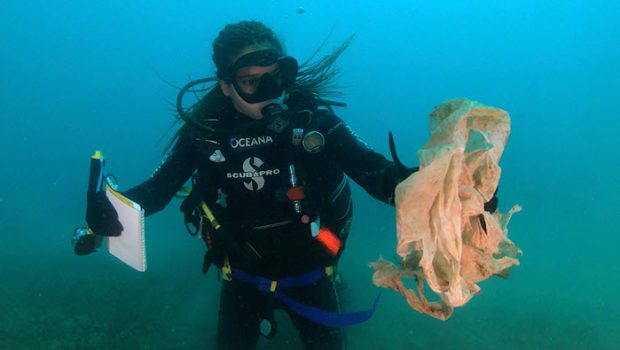


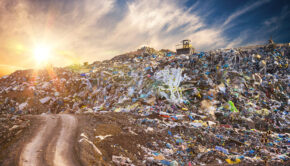
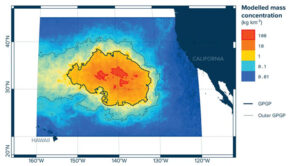
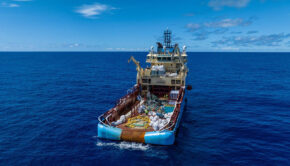
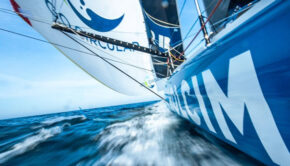
 We’ll keep your information safe.
We’ll keep your information safe.